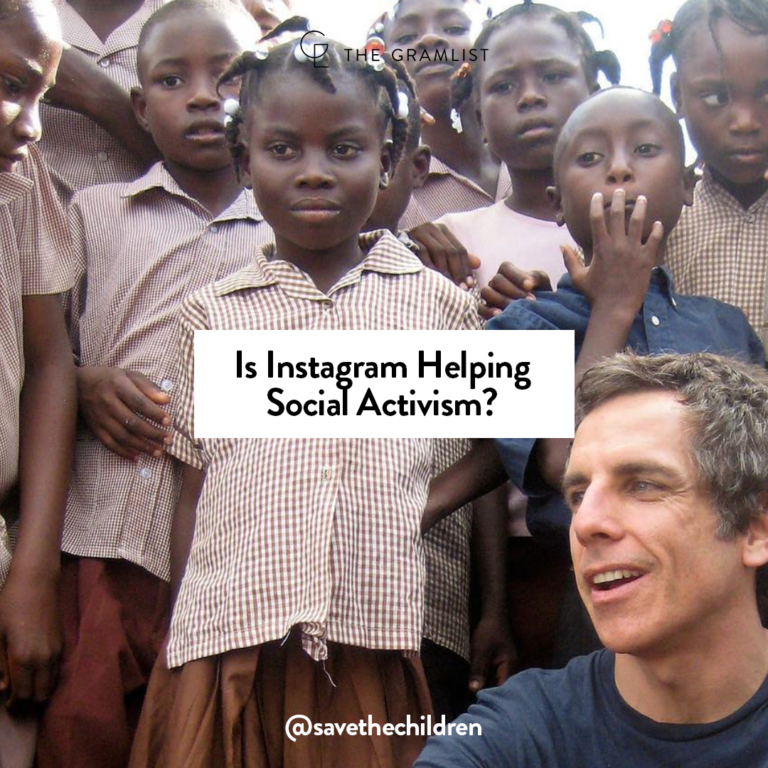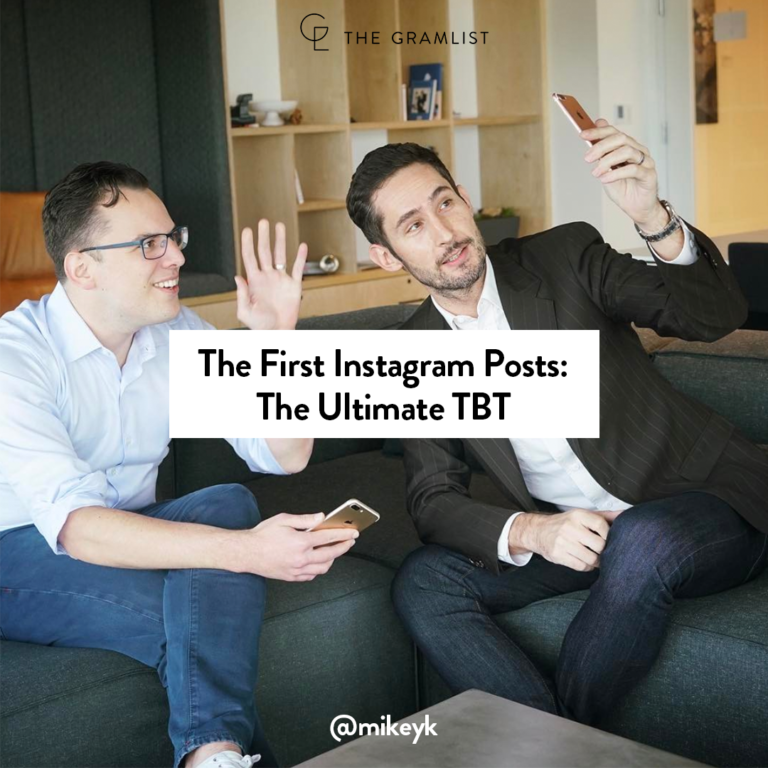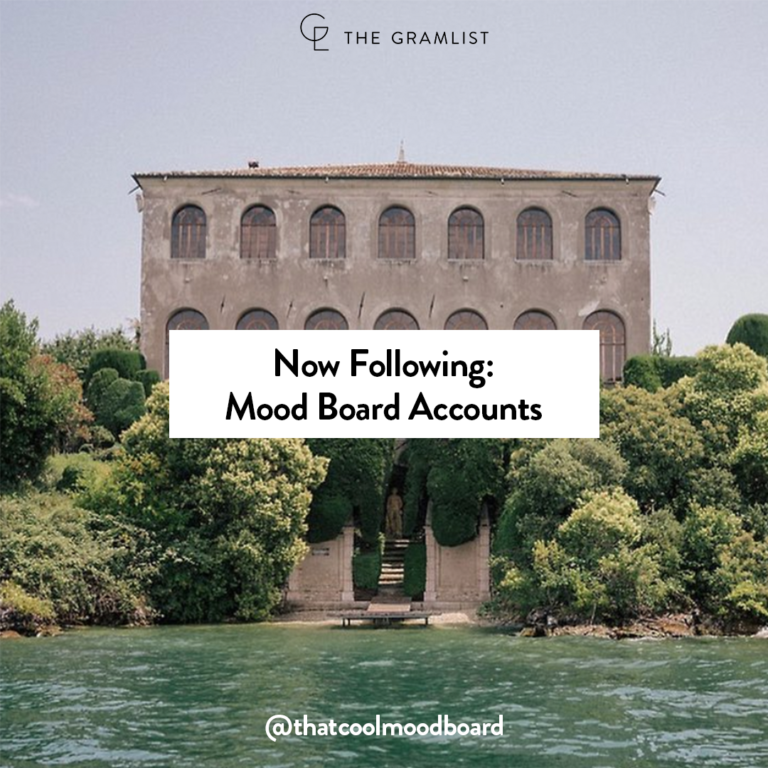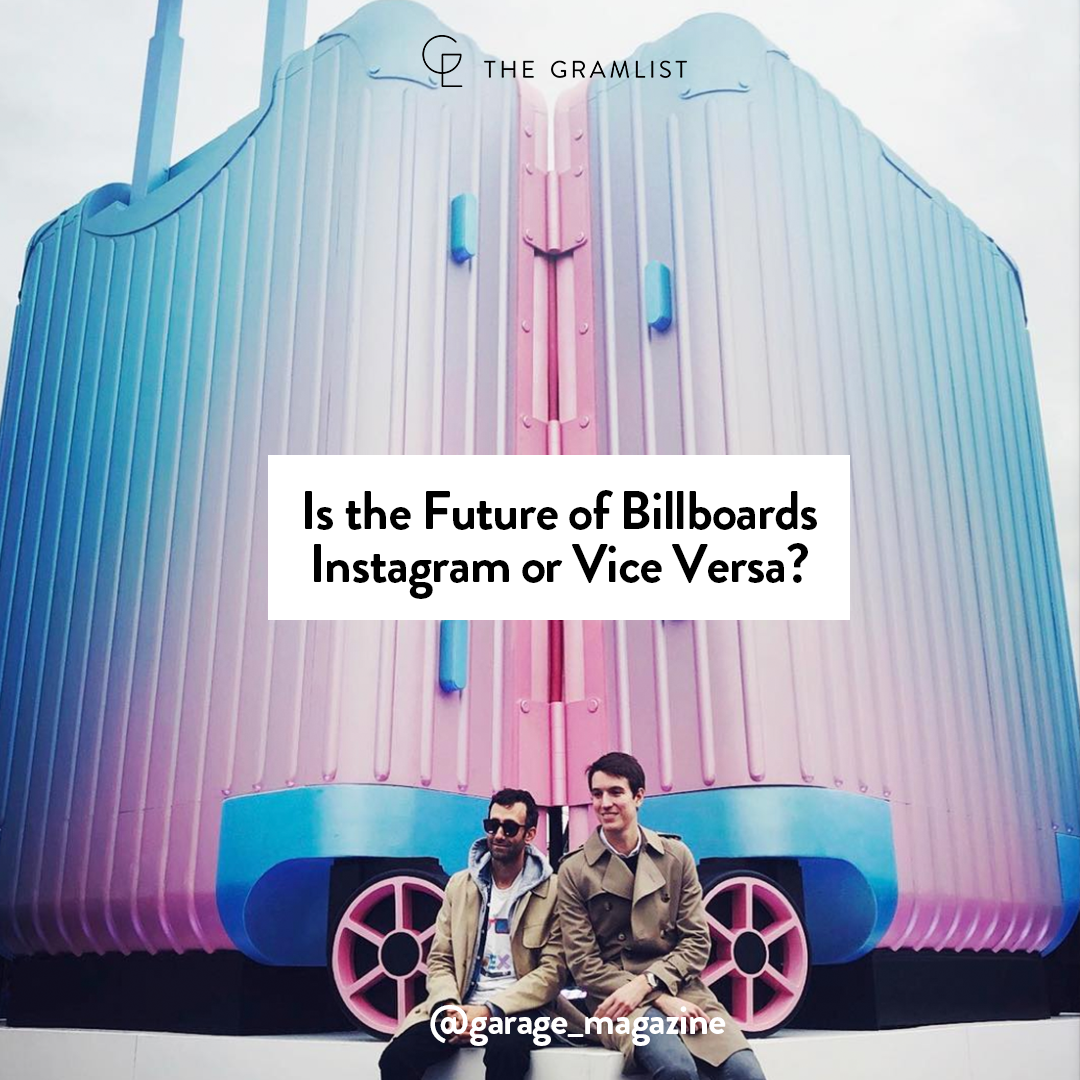
Walk down any street you are certain to be inundated with “branded messaging.” Traditional out-of-home advertising lives on the subway, billboards, bus stops and banners. Digital marketing experts estimate that most Americans are exposed to around 4,000-10,000 each day. Nowadays, these messages have evolved to hide in plain sight, disguising themselves as chic spray-painted street art on sidewalks and hand-painted murals on buildings large and small.
With this inundation of attention-grabbing physical media showing no signs of slowing down, traditional out-of-home is being reconstituted for the maximum social media impact. As established retailers are noticing the shift: what was once an engaging shop window is now being reimagined as ‘social-first’ spaces. The goal? If you can create something worth engaging with and better yet, sharing IRL, the reach also extends into the social media ether.
Over the past decade, digital advertising and the budgets associated with it now surpass traditional ad forms like radio, TV, and (you guessed it) billboards. However, we do put our phones down on occasion – and brands are creating integrated campaigns to touch both on and offline mediums. Outdoor ads are not only attracting our eyes, but our lenses as well.
Ad agencies who invest in out-of-home media also earn online coverage for a fraction of the cost. A recent study by Nielsen states that 1 in 4 U.S. adults surveyed have posted a photo to Instagram after seeing a related outdoor advertisement.

Brands like Spotify and RxBar understand the benefits of outdoor advertisements, and have lead the charge in massive New York City transit takeovers attracting a captivated audience during their commute. Spotify’s April 2018 blitz took over the Broadway-Lafayette subway station to commemorate the late David Bowie. The takeover included subway-wall-sized photos of the artist, vinyl wrapped beams, and keepsake MetroCards available for purchase. To encourage online sharing, users could scan a code to take them to exclusive Bowie playlists and use a designated hashtag, #DavidBowieIsHere, to share the experience on social.
Similarly, RxBar sparked a conversation with consumers using the ‘No B.S.’ campaign, promoting the health bar’s mission and natural ingredients. Their signature bold colors adorned bus shelters and subway platforms, exclaiming “PRODUCT SHOT,” “A really, really, big poster” and even a hotline number “1-877-THATS-BS”. According to RxBar, brand awareness jumped from 8% at the start to 15.3% mid-way through the campaign’s run.
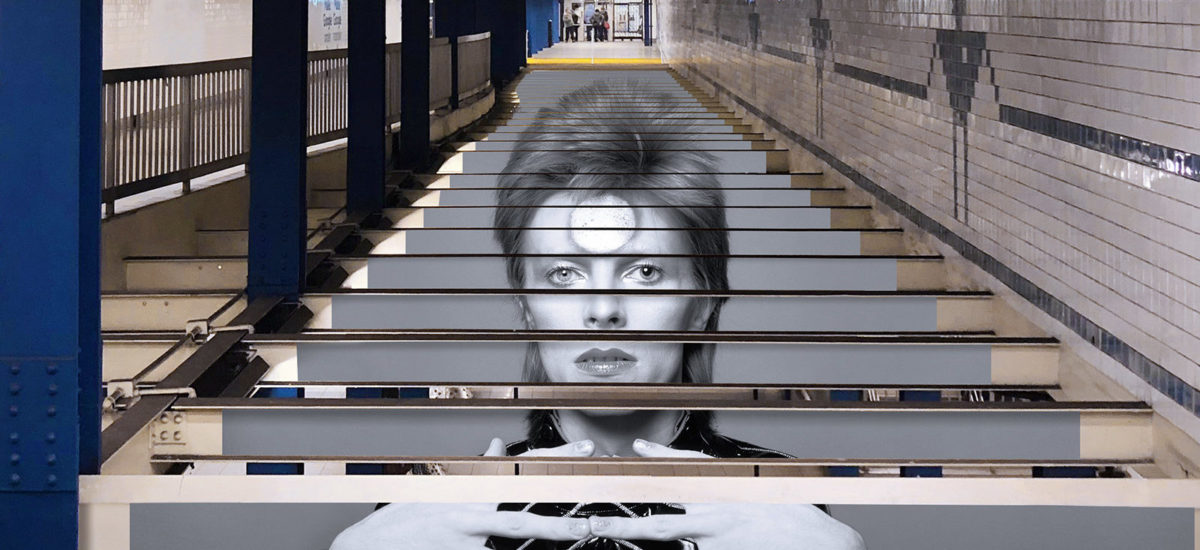
Just this past weekend at the first ever LA Frieze, LVMH-owned luggage company, Rimowa, launched a product collaboration with artist Alex Israel. Festival attendees were invited to snap a photo with the 20 foot tall suitcase.
Retail merchandising has also switched its strategy to become more appealing to both an offline and online audience. According to experts at FGRT, retail closures were up over 200% at the end of 2017, signifying the future of retail was overwhelmingly bleak. However, consumer behavior suggests that retail as a whole isn’t dead, but traditional retail might be. In 2018, the number of store closures were half as many as in 2017. The rebirth of physical retail was actually on the rise, and brands experimented with novel retail concepts to see what resonated with their consumers.
Take millennial beauty giant, Glossier, for example. They’ve created a cult-like community around their products, and the attention to detail in their retail experience has played a huge part in making consumers feel fully immersed in the brand. Aside from their more permanent retail locations in NYC and LA, Glossier opened a retail concept store in November 2017 dedicated entirely to the launch of their first-ever fragrance, “Glossier You.” Inspired by performance art and complete with interactive testing rooms, an infinity mirror, and signature red and pink decor, the store allowed customers to physically interact with the fragrance in what founder, Emily Weiss, considered a “totally weird and unexpectedly luxurious way.” It was apparent the Glossier You concept experience was just that: an experience. Rather than push sales, the store provided an intimate setting for consumers to forge a close connection with the brand. It also proved irresistibly Instagrammable, motivating nearly 5,000 photos under the product’s exclusive hashtag, #GlossierYou.
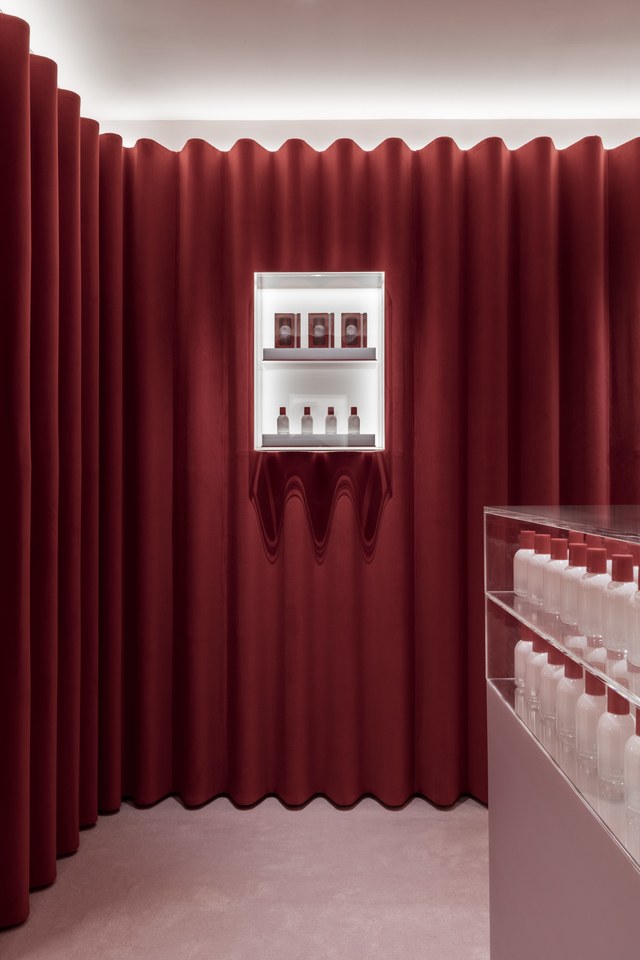
We’re seeing the connection between the physical world and the Instagrammable one further expanding in the year ahead as direct-to-consumer brands continue integrating their out-of-home and retail concepts into vast, overarching digital marketing plans. Out-of-home advertising and retail concepts will continue to augment the digital experience, creating a an increasingly seamless consumer journey worthy of your discerning followers.
